Last fall, I put together a list of 10 Great Modern Horror Scores You Can Stream On Spotify and promised 10 more. It may have taken me a fuck of a long time to get around to it, but here are 10 more that are more than worth putting in your ears.
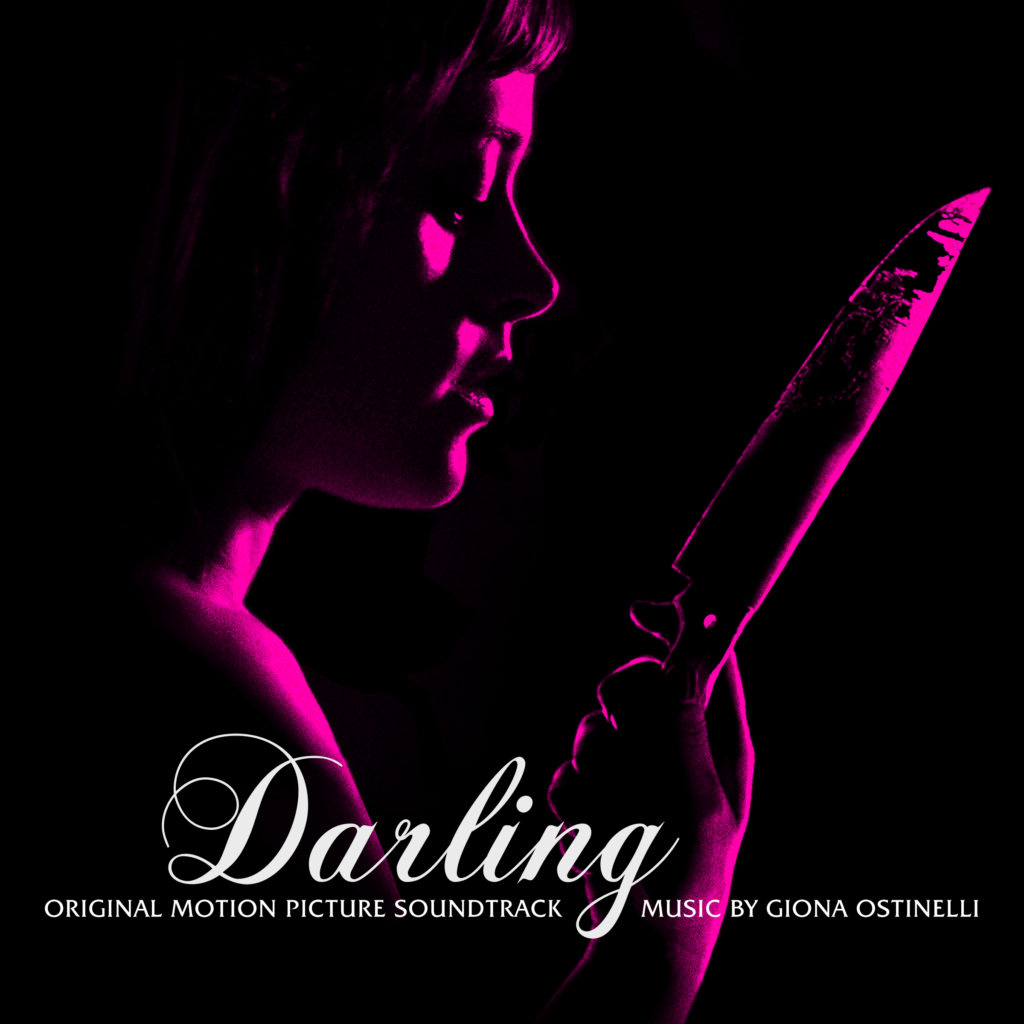
Darling has a very interesting score by Giona Ostinelli, which features a wide variety of auditory aesthetics. At times, it feels in the realm of John Harrison’s Creepshow, while at others it feels more reminiscent of 80s Carpenter. Still, other times it gives off an even older, perhaps even Herrmann-esque vibe (even if briefly), yet is balanced by its share of freshness. The score is kind of all over the board, but in a very satisfying way. Just as Mickey Keating’s films themselves seem to be, the score for Darling gives the impression that it has been influenced by a multitude of predecessors. I suppose you could say as much for most art, but Keating’s films, and this score wear their influences proudly on their sleeves.
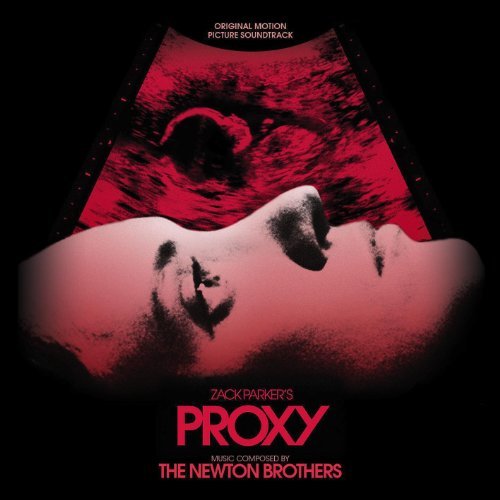
The Bernard Herrmann influence is felt a great deal more with the score for Proxy, which is no surprise when you consider how often the film has been called “Hitchcockian.” In fact, director Zack Parker once told me in an interview that he considers Hitchcock to be among the best at using music to elevate film. I can’t say I disagree or blame him for using a score that would feel at home among the Pyschos and Vertigos of the world. Proxy’s score, composed by The Newton Brothers (who have scored every Mike Flanagan film since Oculus, including the upcoming Gerald’s Game), may not be as iconic as the music from Psycho, but it is similarly haunting and jarring. It’s certainly worth giving a spin. And if you haven’t seen the movie, change that immediately. It’s one of the most underrated pictures of the last few years.
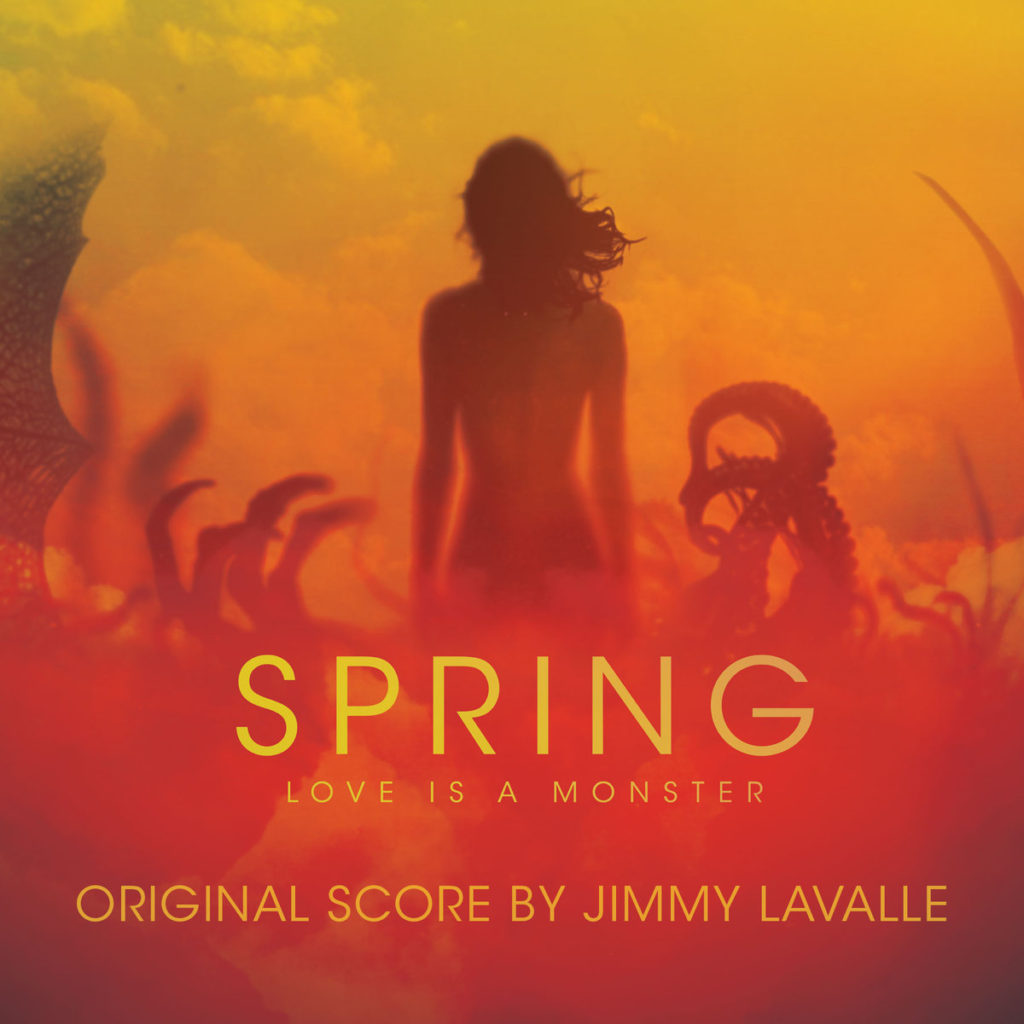
The score for Justin Benson and Aaron Moorhead’s Spring (composed by Jimmy LaValle) is as gorgeous as the movie itself (and that’s pretty damn gorgeous). As you may know, while we’ll certainly claim this excellent film for our beloved genre, it’s really much more of a love story than a horror story, and the score very much reflects that with its beauty and melancholy (as opposed to a more sinister approach you might expect from most horror films). I have a feeling that you don’t have to be a horror fan to enjoy this album.
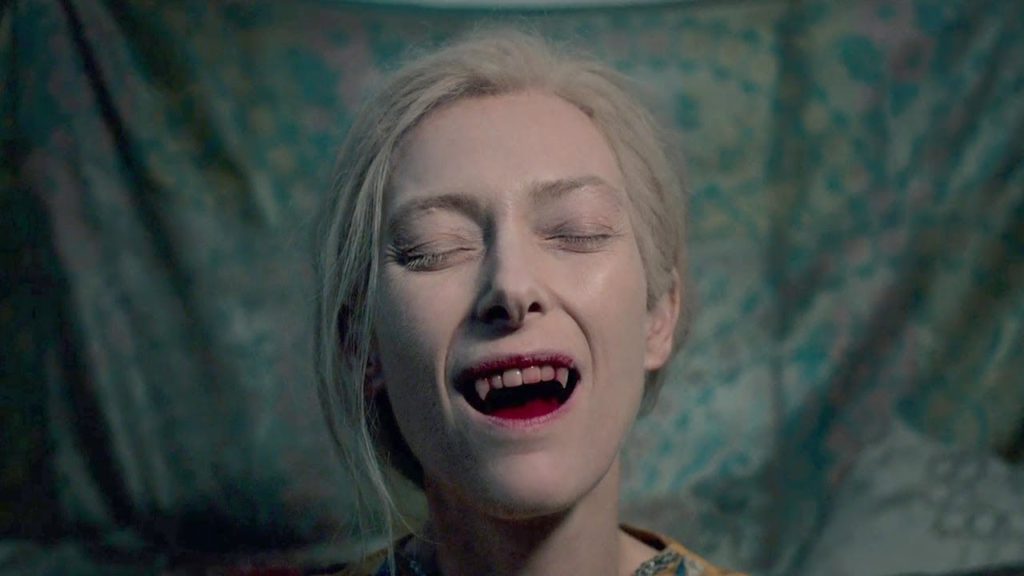
As long as we’re on the topic of love-based genre films, it seems like a good enough time to throw Only Lovers Left Alive into the mix. Jim Jarmusch’s vampire tale from a few years back remains one of the better modern films of the subgenre in my opinion, and if you’ve seen it, you know that music is a very significant part of the picture. The bulk of the music was created by Jozef Van Wissem and SQÜRL, and it’s definitely worth adding to your rotation.
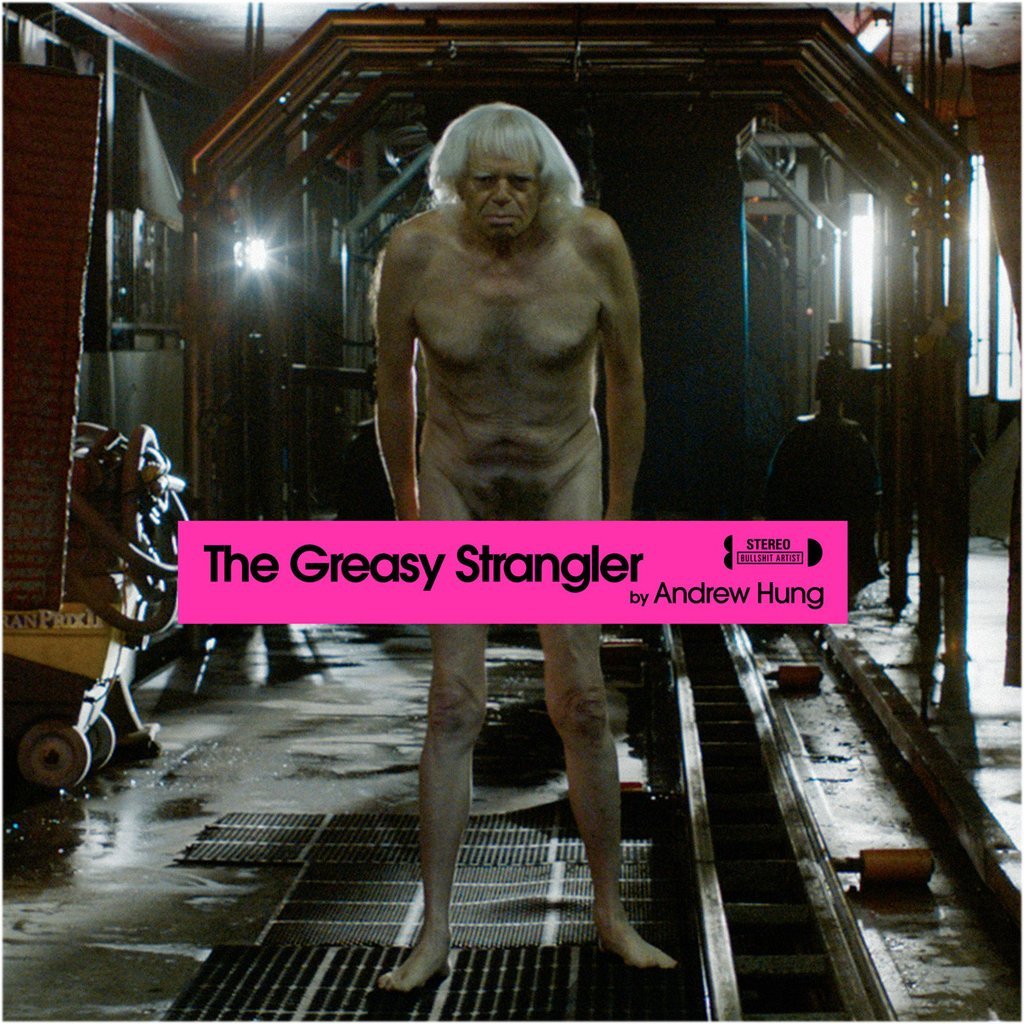
If there’s any soundtrack that left an impression on me last year, it was certainly that of The Greasy Strangler. Andrew Hung (of Fuck Buttons fame) delivered what I consider to be a modern masterpiece of insane goofery that accompanies its companion film in a way that few scores can match their visual counterparts. It’s very hard to imagine The Greasy Strangler with any other music, and frankly, I don’t want to. The best part about being able to stream this soundtrack is that it is impossible to be in a bad mood while listening to it. It’s just too goddamn ridiculous not to bring a smile to your face. I want this playing at my funeral.
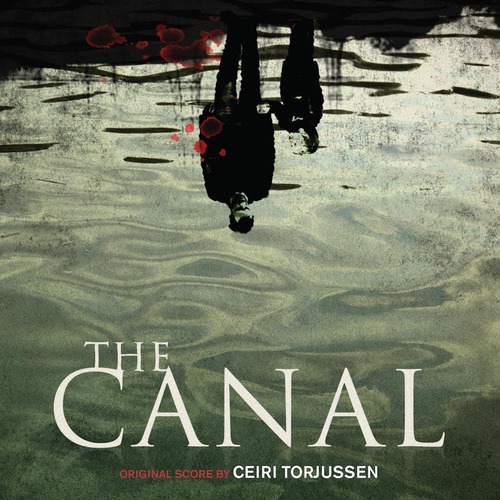
If The Greasy Strangler makes you want to smile, then The Canal makes you want to lock yourself in your room and hide under the covers, where your impending doom can’t get to you. You know you’re in for a somber ride when the opening track is called Body Fishing (and of course when you’ve seen The Canal). Ivan Kavanagh’s 2014 chiller is the kind of get-under-your-skin horror movie that we don’t get often enough, and the score very much accommodates that.
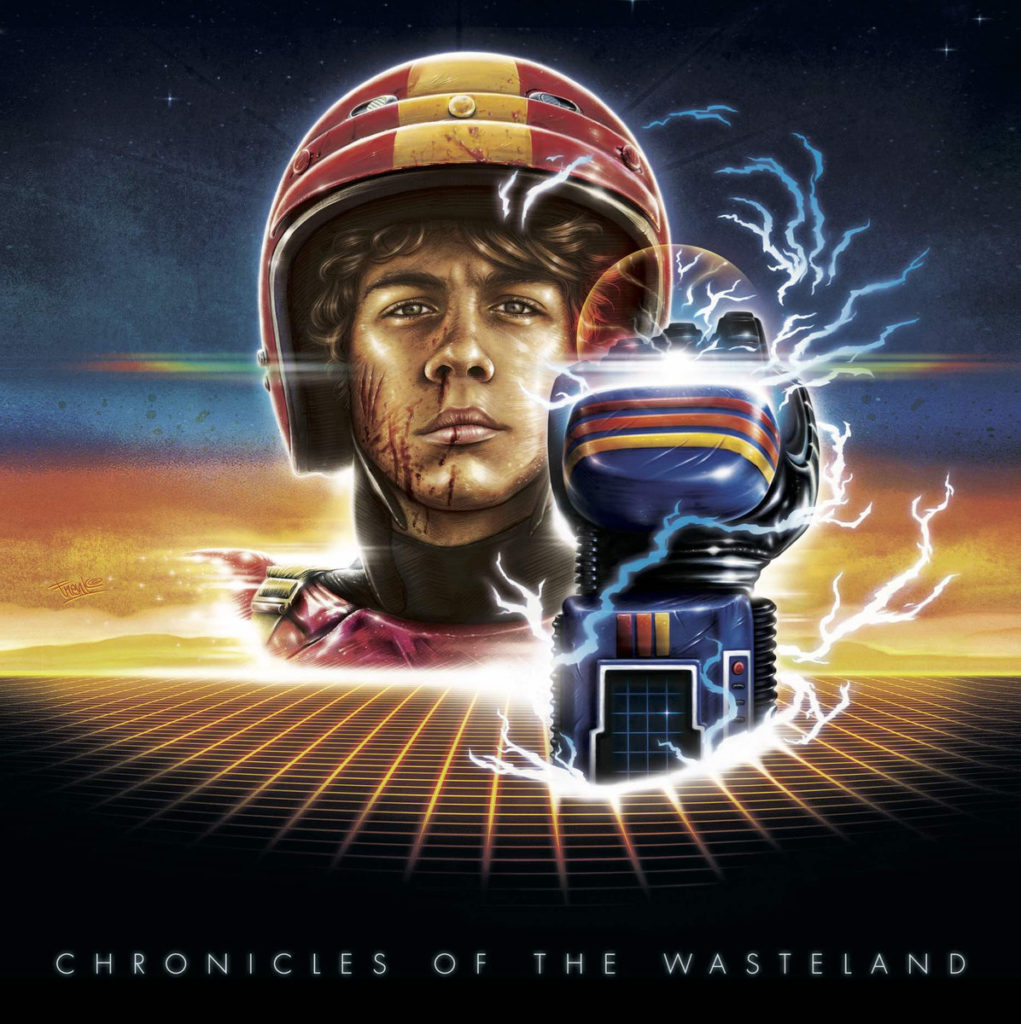
Turbo Kid, may not be horror exactly, but if you’ve seen it, you’ll understand why horror sites have no qualms about covering it. Gore, Ironside, Skeletron…it’s just pure awesomeness. You’ll find the music from Turbo Kid under “Chronicles of the Wasteland” by Le Matos, and it’s nearly as nostalgic as the movie itself. Everything about it screams 80s, and when I hear tracks like Tequila Sunrise, I can’t help but think of shit like The Neverending Story, and it just warms my heart.
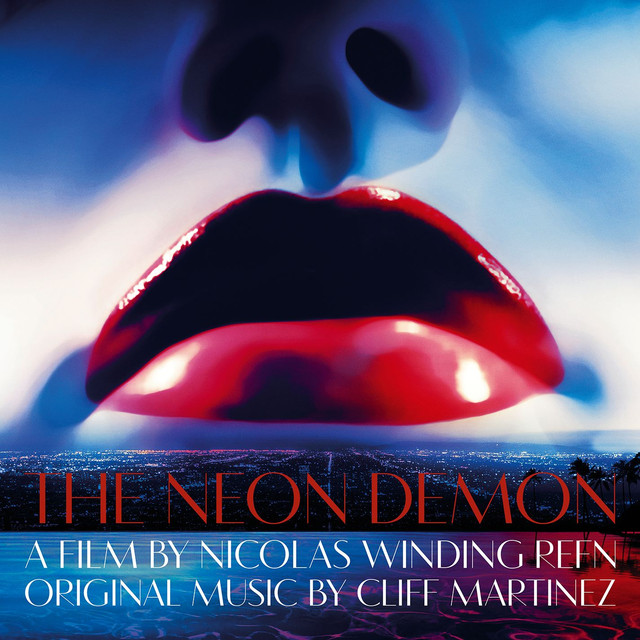
The Neon Demon score comes from Cliff Martinez, a frequent collaborator of Nicolas Winding Refn (having also worked on Drive and Only God Forgives). It’s full of eerie electronica and synth, which complement the film’s highly stylized visuals very well. Even without the visuals, however, there is plenty of ear candy here to get into your head and stay there.
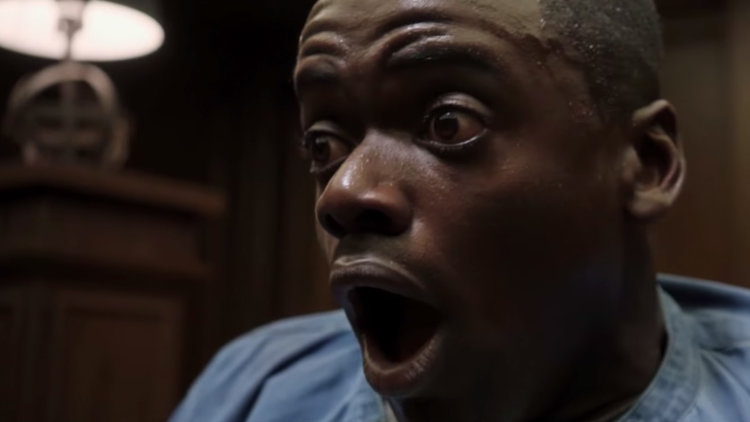
There’s no question that Get Out has been one of the year’s most highly praised and talked about horror films, and it’s certainly among the most unique mainstream audiences have been exposed to in some time. The music by Michael Abels is also pretty unique for the genre. It starts out with some brief, but jarring strings before getting into Sikiliza Kwa Wahenga (Main Title), which sets the tone for the rest of the film beautifully, and is certainly a highlight. Let’s put it this way: outside of Childish Gambino’s Redbone and Run, Rabbit, Run, it’s the song from the film you really remember. That’s not to say the rest of Abel’s score isn’t wonderful, because it is.
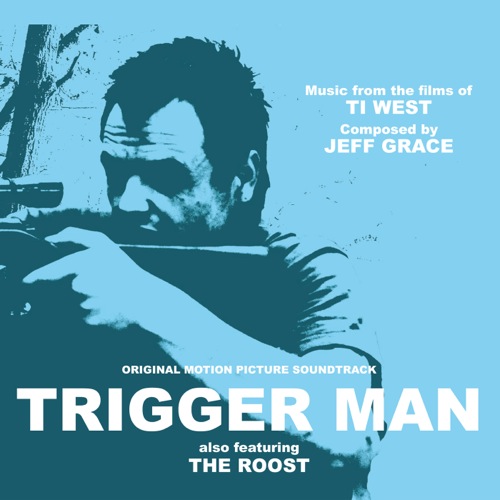
You get a bonus with this one because Spotify has music from Ti West’s two early feature films available in one collection by Jeff Grace. The collection is listed as Trigger Man, but The Roost is tacked onto the end. I’m a big fan of both films, and it is this very music that goes a long way in setting the tone for each. Parts of Trigger Man’s score are suspense-inducing, while others are nightmarish. The Roost basically just sounds like something is out there ready to kill you throughout most if its duration through a combination of quiet dread and deafening audio attacks.
Until next time (which hopefully won’t take me so long).

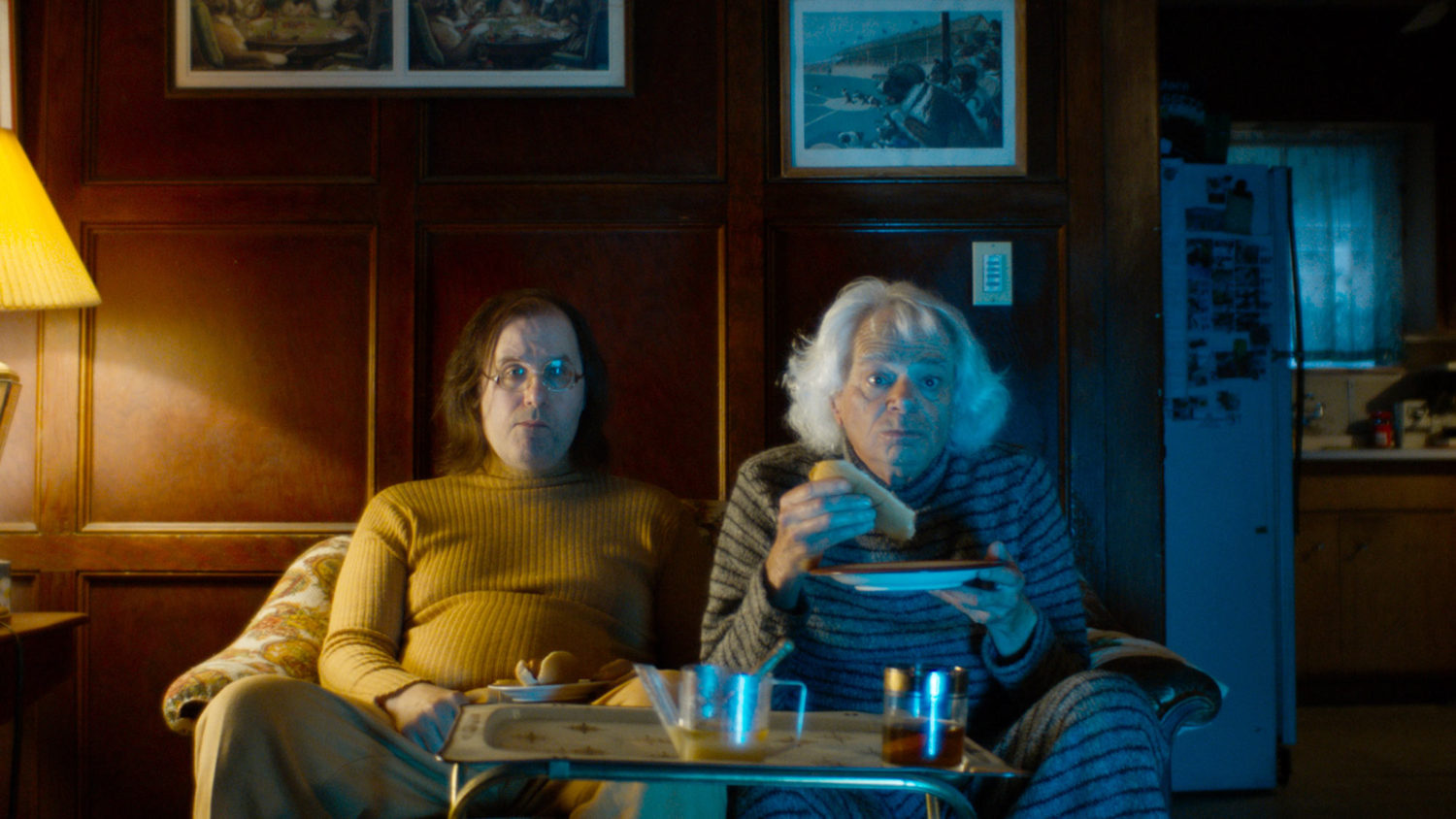
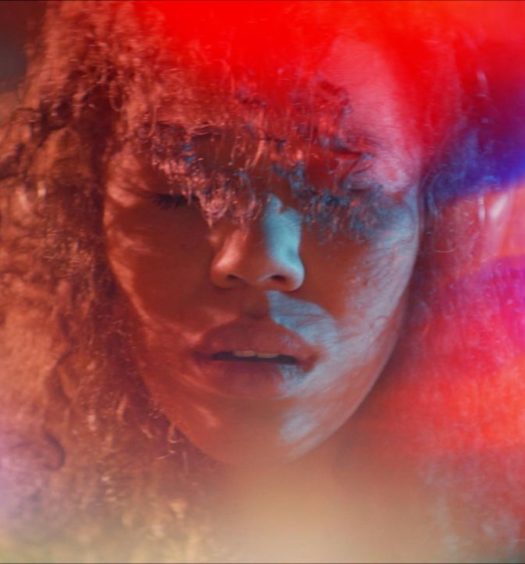
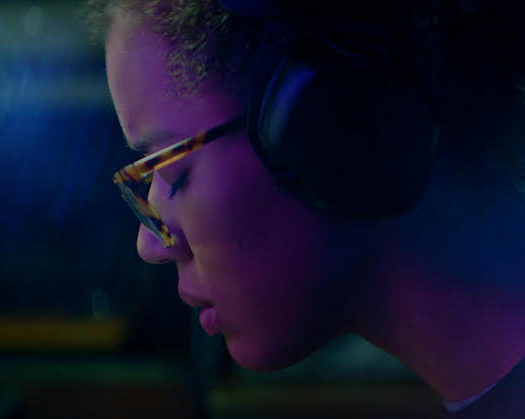




























July 24, 2017
10 More Great Modern Horror Scores You Can Stream on Spotify https://t.co/3cRnk3xqrS https://t.co/T00Egkaqqq
July 25, 2017
Looking for some new tunes? https://t.co/2qyUvTBM0w